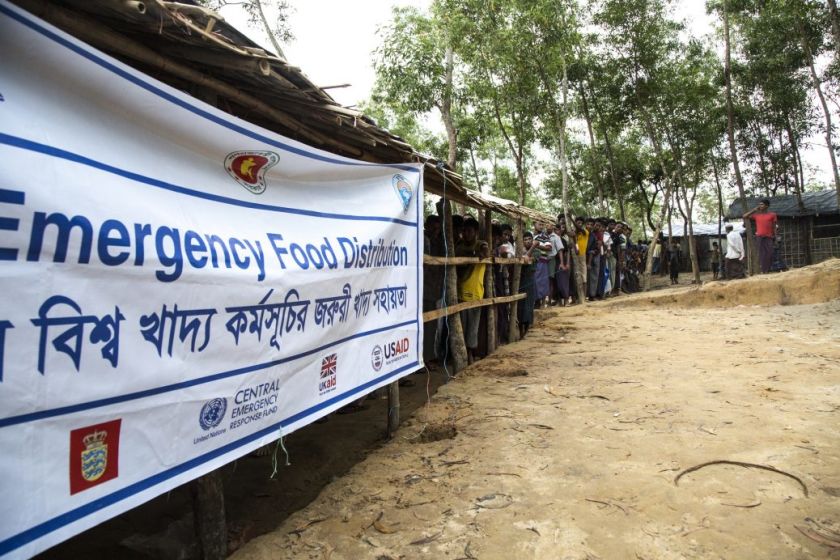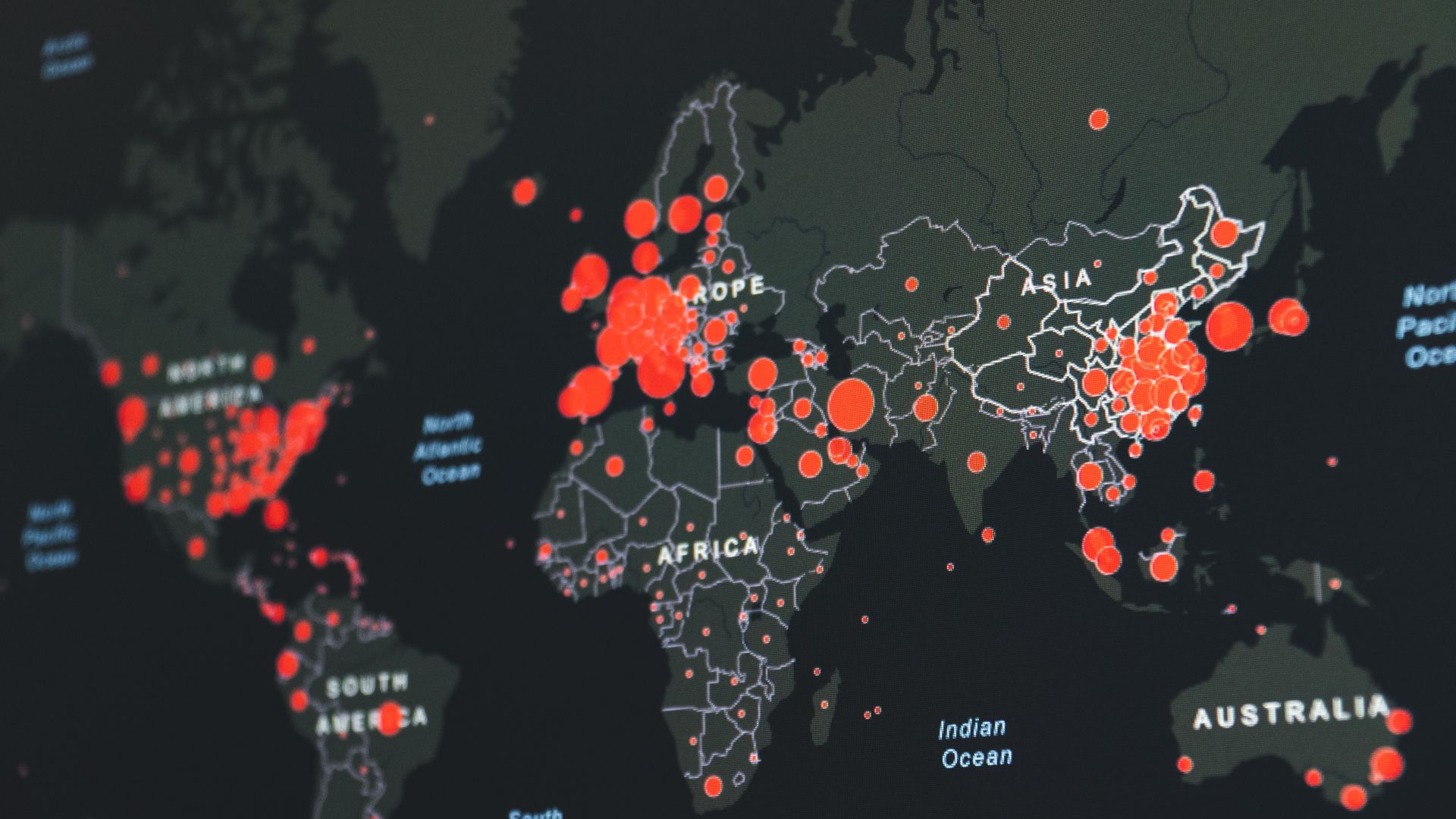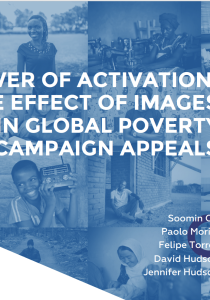
Sustainable development and humanitarian emergencies
Donating to long-term sustainable development is much more effective than donating to humanitarian emergencies. So why do most people tend to do the latter?
According to risk analyses, in the long-run, allocating more resources to sustainable development instead of short-term humanitarian relief would save billions of pounds and reduce much suffering. The number of people who die every year from chronic, ongoing problems such as malaria, hunger and unsafe drinking water in developing countries is much greater than the number who die from emergencies such as tsunamis and earthquakes. And yet, individuals donate much more money, per person in need, to emergency relief than to sustainable development.
While emergency relief is critical, life-saving aid, and must not be forgotten, charity is limited, and so donations should be allocated as efficiently as possible. Currently, they are not.
Why are we so much happier donating to emergencies?
If a pound could go much further in saving people’s lives in the long-term when given to a sustainable development programme, why do people continue to donate more to emergency relief? Many reasons have been suggested. For example, that emergencies get more news coverage and so donors know more about them, naturally donating more. Or that people might tire of hearing about long-term problems and therefore choose to not think about them.
There’s another possibility that deserves more exploration – perhaps the difference in the amount of time between making a donation and when we think the donation will have an impact affects how we feel about donating, and therefore how much we give.
When we donate in response to a current emergency or to address a problem now, we assume that the impact of our donation will occur very soon – if you learn that there was an earthquake in Nepal today and send money to help the victims get food and shelter, you will assume your money will be helping them sometime in the very near future, because this is a pressing need that arose in response to a current event.
'Organisations could also highlight to donors some of the benefits that will occur sooner than at the end of the project. Even intermediate results may be interesting.'
Agata Slota
In contrast, when we donate to long-term sustainable development programmes, we assume that the impact will occur later in the future. These programmes last multiple years and there is less of a sense of urgency as the issue being addressed is not usually caused by a sudden event. When you hear about a programme that’s improving how a government delivers health services, for example, you do not expect your money to have an impact as early as you do when giving money to help earthquake victims who are hungry and homeless today.
How psychological distance impacts on giving
Why does this matter for giving? Because the distance in time between two events – such as the time of making a donation and the donation having an impact – is a form of ‘psychological distance,’ and psychological distance has repeatedly been shown to impact on giving. Psychological distance is the “gaps between yourself and other people (social distance), the present and the future (temporal distance), your physical location and faraway places (spatial distance), or imagining something and experiencing it (experiential distance).”
For example, studies have shown that it feels more gratifying to give food directly to a hungry person than to give money to an organisation that will use the money to advertise the plight of the hungry, even when giving to the organisation would lead to more people being fed. For a similar reason, we prefer to donate when the end goal of the donation is near. A study of giving to Kiva, an organisation that facilitates micro-loans to people in developing countries, shows that the closer a potential loan recipient is to her fundraising goal, the more likely is she to get another donation. As Daniel Oppenheimer has shown, donations “made at the end of a charitable campaign feel more meaningful than those made earlier.” This is because these donations are closer to the intended impact – fewer people need to donate before the impact can occur, and the temporal distance between donation and when the recipient gets the loan is shorter.
In the same way, the temporal distance between making a donation and its intended impact is normally much shorter when donating to emergencies than when donating to sustainable development. It is therefore very possible that you’ll prefer to give money to an emergency relief than to a five-year programme. And this may explain the tendency of people to donate much more to victims of earthquakes, hurricanes and tsunamis.
So what can organisations do to ensure donations are not skewed away from sustainable development?
Many NGOs already use one tactic which helps address this issue – they ask donors not to make their donations conditional on which type of programme – emergency or long-term – the money goes to, and instead to allow their donations to be used wherever there is most need. This is a sound approach.
Organisations could also highlight to donors some of the benefits that will occur sooner than at the end of the project. Even intermediate results may be interesting. For example, if the goal of a programme is to lead to the immunisation of a greater number of children through better delivery of health services, an intermediate aim may be to train more healthcare providers. If the development of the training module occurs in the early days of the programme, this may be worth publicising in fundraising campaigns.
But more importantly, if researchers find an effect of temporal distance on giving, it will be key to understand the mechanisms behind this effect so that it can be better mitigated. For example, temporal distance may be caused by uncertainty about the future. If this is so, then it may be possible to make the intended impact of donations to long-term development feel more certain. As in anything in life, there are risks in development programmes and little is guaranteed, but there are some things that organisations can predict with more certainty – for example the intermediate results. Fundraising to achieve these results could then be operationalised differently, so that there actually would be less uncertainty between the cost of giving and the impact. For example, instead of asking for donations, organisations could solicit funding for ‘impact investments,’ where people would get their money back if the intermediate results were not achieved.
More research will help us find more appropriate solutions.
Photo Credit: Emergency Food Distribution for Rohingya refugees in Bangladesh, Anna Dubuis/ DFID. Original on DFID Flickr.



































